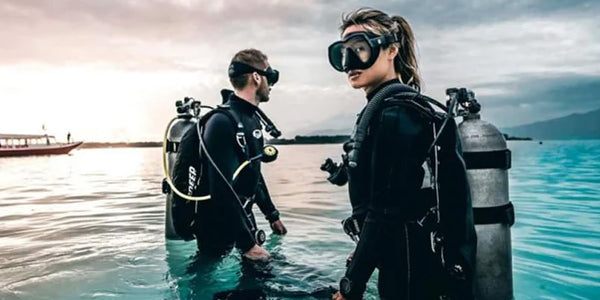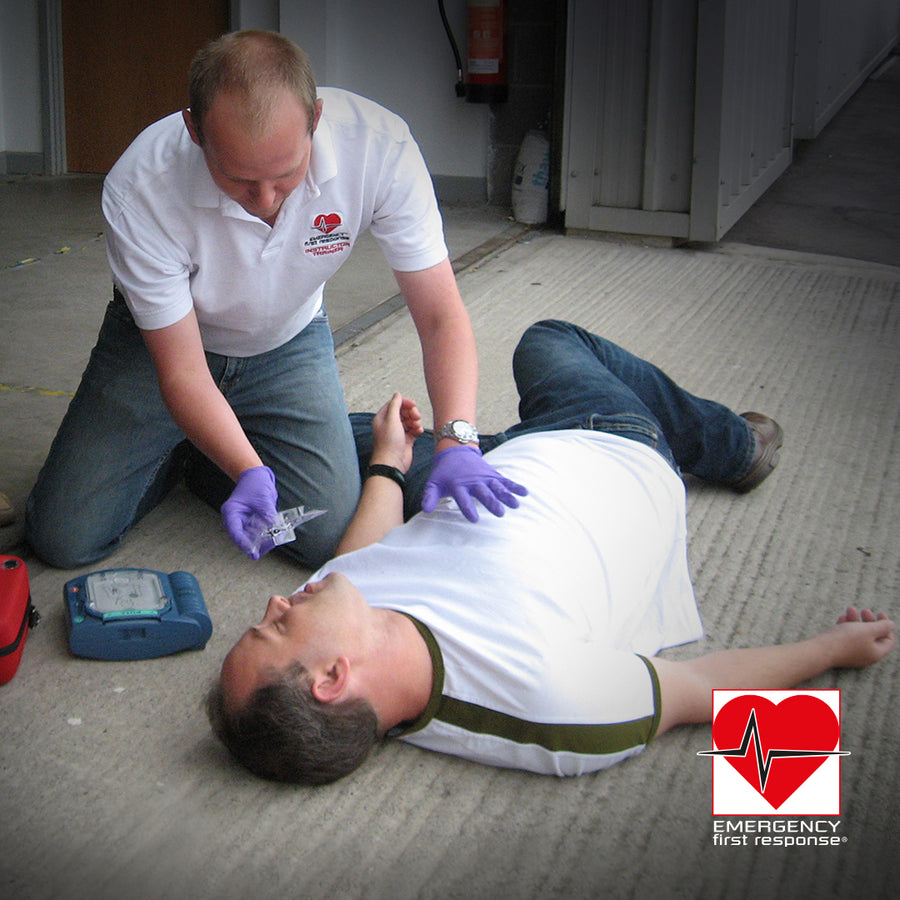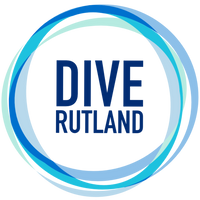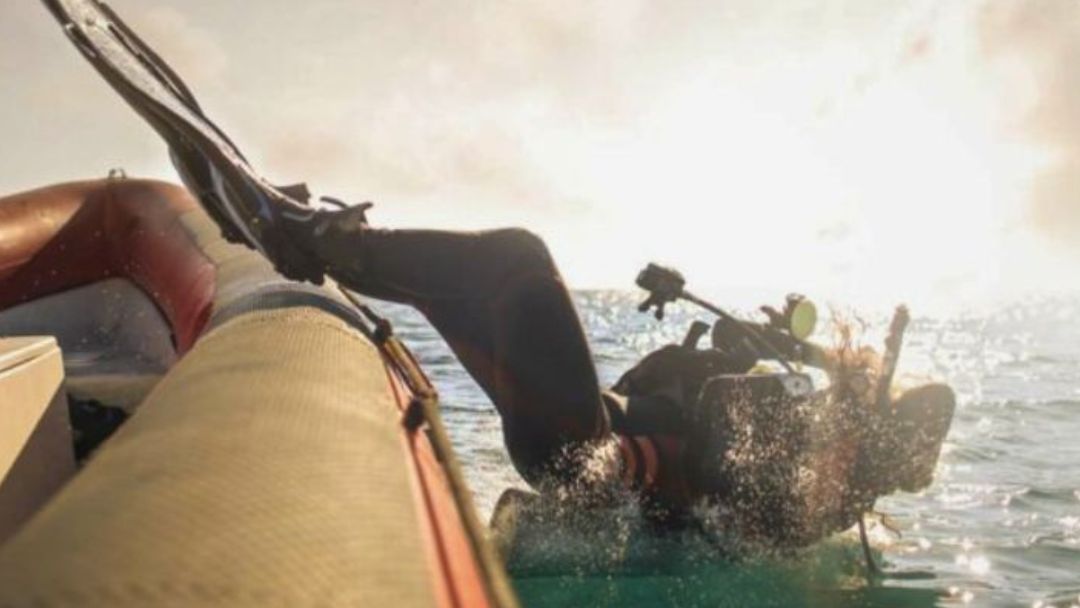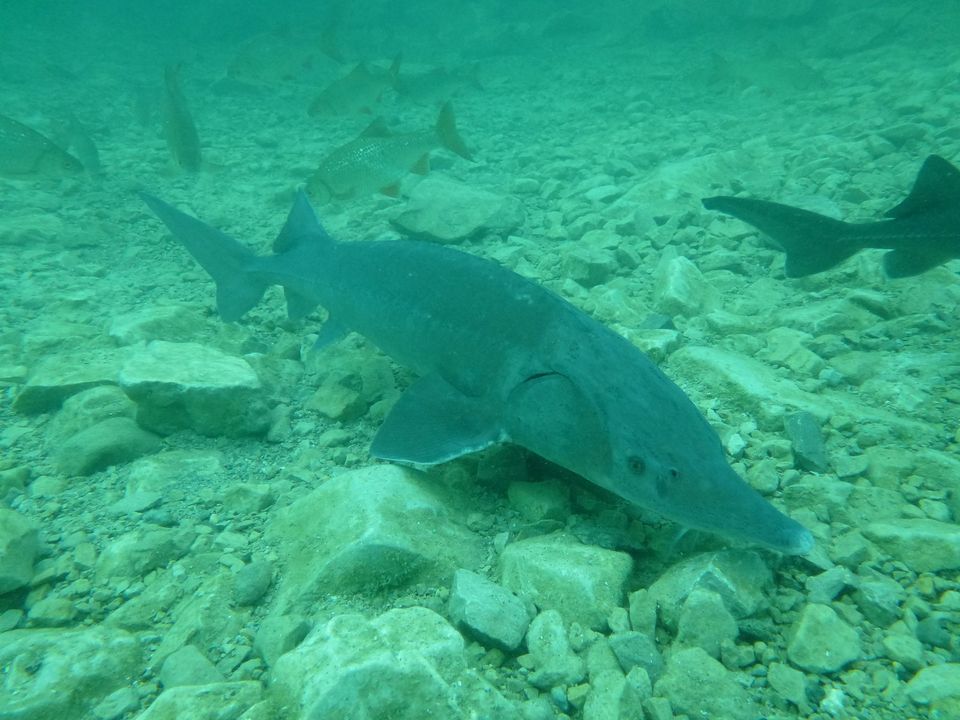Choosing the Right Scuba Regulator

Choosing the Right Scuba Regulator
Choosing a regulator can feel daunting at first, but it becomes an enjoyable and empowering task when you’re equipped with the right knowledge. My first regulator was second-hand from someone I trusted. It came with a full service history, and at the time, I didn't know exactly what I needed. In hindsight, it shouldn't have been so intimidating. The excitement I felt when buying my first motorbike—that sense of freedom—is exactly how choosing a regulator should feel. This guide is here to help you find the right one for you.
In our Regulator Features article, we break down the components of a regulator. This article, however, focuses on how to choose the right regulator for your specific diving needs.
Use the links below to jump to the section that best addresses your current questions:
- First and Second Stages
- Number of Ports on the First Stage
- Balanced or Unbalanced First Stage
- Regulator Service
- Coldwater or Not
- Matching First and Second Stages
- Travelling with Regulators
- Buy Once, Buy Right
Matching First and Second Stages
It’s essential to ensure that the first stage (connected to your tank) and second stage (your mouthpiece) are made by the same manufacturer. This ensures proper function, as the first stage is tuned to deliver pressure compatible with the second stage. Mismatched sets can result in poor performance or safety issues, and technicians may decline to service such configurations as a unit.
First Stage - Cylinder Connector
There are two main types of connectors: DIN and A-Clamp (Yoke). Both are supported at Dive Rutland. DIN is preferred for deeper, technical, or overhead diving due to its secure connection. Conversion between the two is possible, so choose based on your diving style and locations.
Number of Ports on the First Stage
Consider your accessory setup. If using a submersible pressure gauge (SPG) and an air-integrated transmitter, you’ll need two high-pressure ports. Four low-pressure ports are generally required to connect your second stage, octopus, BCD/wing inflator, and drysuit hose.
Balanced vs. Unbalanced First Stages
Unbalanced regulators are usually more budget-friendly, making them ideal for occasional or beginner divers. Balanced regulators maintain consistent airflow regardless of depth or tank pressure and are considered premium for performance.
Second Stage - Venturi Assist Option
Some second stages include a Venturi assist to prevent free-flow at the surface. Whether or not you need this is a personal choice, but our Regulator Features article explains it in more detail.
Regulator Servicing
Regular servicing is a must. Many manufacturers recommend a full service every two years or 200 dives, with inspections in the off years. For example:
- Year 1: Visual Inspection
- Year 2: Full Service
- Year 3: Visual Inspection
- Year 4: Full Service
Some brands offer "parts for life" if you register your product and maintain service intervals. Also, choose a brand with local servicing support—supporting your dive shop keeps resources available when you need them most.
Cold Water Considerations
Diving in cold water? You’ll need a regulator with environmental sealing to prevent freezing. Learn more about this feature in our Regulator Features article. These models typically cost more but are essential for safety in low temperatures.
Travelling with Your Regulator
Bringing your own regulator on dive trips can save hire costs, but weight restrictions on airlines may be a factor. Some divers carry their regulator as hand luggage. Brands like Apeks now offer compact, travel-friendly models such as the XL4, designed to reduce weight without compromising performance.
Buy Once, Buy Right
Investing in a quality regulator set can last your entire diving career. Many divers eventually upgrade—not out of necessity, but out of desire for the latest innovation or comfort. Choosing well once means you're set for the long term.
Have fun exploring your options. At Dive Rutland, we’re always here to help. If we don’t have your chosen model in stock, we can usually order it. Regulators bought from us are assembled and tested free of charge before they leave the shop.
Related Posts
- Scuba Diving Regulators – Everything You Need to Know: Understanding regulators helps in maintaining them properly, ensuring longevity and reliability. This guide breaks down how they work, what to look for in a regulator, and how to make an informed choice.
- Regulators Pre-Season Equipment Care: Use your off-season wisely by checking your regulators for damage, corrosion, and correct function—this guide shows you how to inspect filters, mouthpieces, hoses, and IP.
- The Importance of Regular Scuba Gear Servicing: Discover the long-term benefits of getting your gear serviced on time and how it impacts safety, performance, and cost over time.
- Essential Tips for Post Dive Care of Your Regulator: Avoid costly damage and prolong your gear’s life with this guide to cleaning and drying your regulators properly after every dive.

